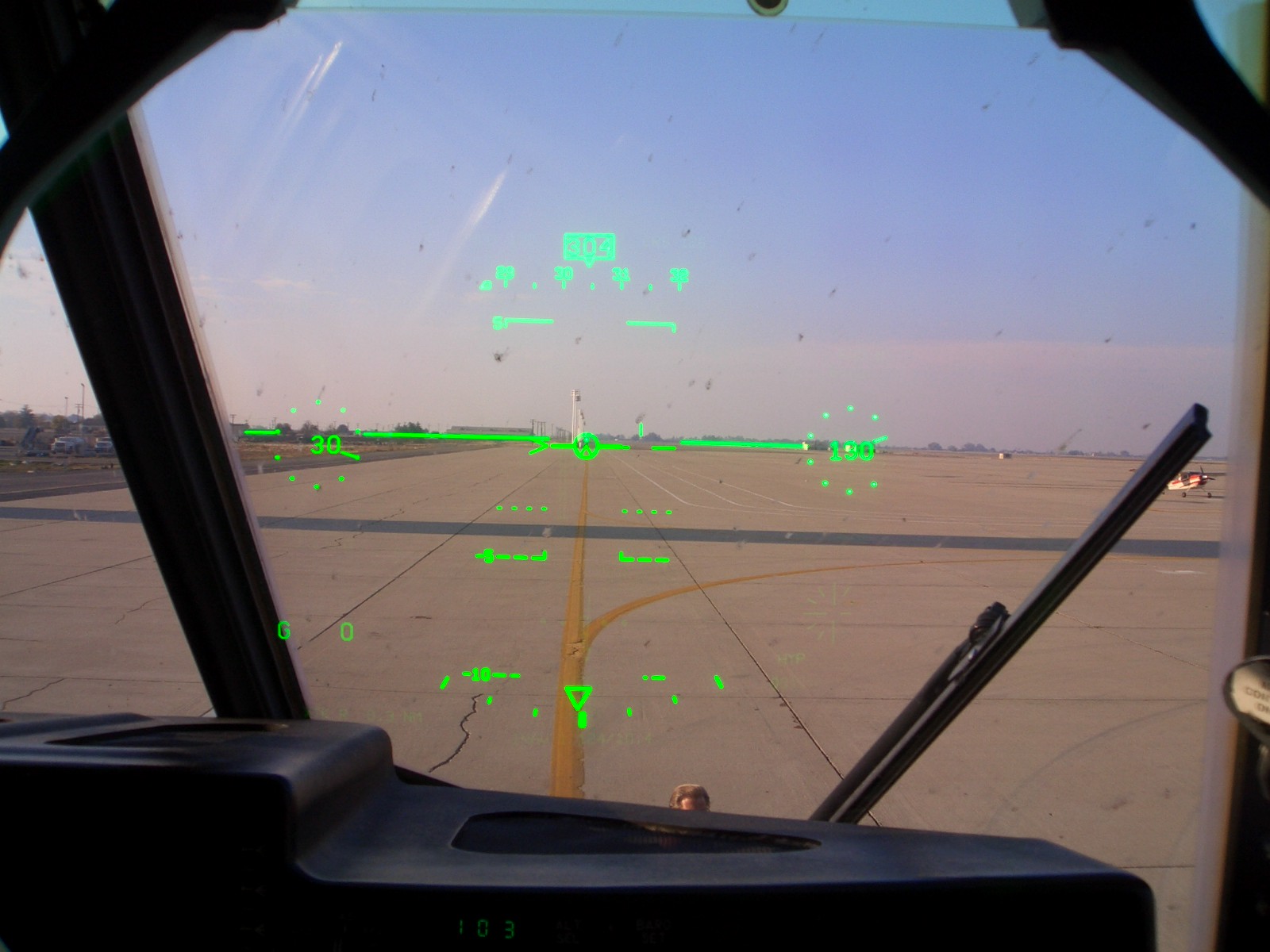Do We Need Yet Another Term?
If you’ve wandered around this site, you’ve probably noticed that we like the term “Extended Reality” (XR). We like it a lot. But you may be wondering why. Read on!
Who’s to Blame?
In the beginning (ish), there was Virtual Reality. And Augmented Reality. And the difference was more or less clear. Virtual Reality replaced everything you could see, so your entire view was synthetic. Augmented Reality kept a view of the real world and added some synthetic elements.
Easy enough, right?
But technology got better and more complicated. In the beginning, Augmented Reality (AR) systems started as little more than a heads up display.

But then we started using all kinds of clever tools to actually map the geometry of the real world in real time. Everything from algorithms like SLAM, to depth sensing cameras like the one in Microsoft’s Kinect. Once your system is able to map the real world, it can interact with it. Or to put it more plainly, if you know where the floor and walls are, you can attach objects to them.
But is this the same thing as regular AR?
Facts and Marketing Shenanigans
This is where Mixed Reality (MR) makes its debut. The term MR sprang from two different places: an attempt to differentiate systems that map the geometry of the real world, and a marketing effort by Microsoft.
Microsoft originally started from a similar place as everyone else. They described the Hololens as a mixed reality device. The Hololens is an AR device that also has a built in depth camera. It maps the geometry around the user in real time. It does it rather well, too. Therefore, Microsoft presented it as the worlds first fully self-contained Mixed Reality device.
But then they took the tracking technology in the Hololens and made it available to license. For a discussion of tracking in VR and AR, see this earlier post. Some of the first licensees were LG and HP and they used the Hololens technology in a Virtual Reality headset. Understandably, but very confusingly, these are now called Mixed Reality headsets, even though they do not offer any kind of augmented reality view of the real world.
It Gets Worse
Depending on how long you’ve known about VR, you may or may not be familiar with the term “CAVE”. As Wikipedia eloquently puts it, “[a cave] is an immersive virtual reality environment where projectors are directed to between three and six of the walls of a room-sized cube.”. In other words, it’s a VR space you can walk around without needing a display attached to your head.
It’s easy to see that a CAVE is some form of Virtual Reality. But what about this?
What you are seeing is a regular monitor coupled with a 3D tracking system. As the user moves, the display updates to match what their view would be if this was a fully virtual environment. You could think of it as a single-walled CAVE.
But is this really VR? We have no headset and we are clearly looking at the real world. But it doesn’t seem like AR either. And it’s definitely not MR.
Don’t Tie Yourself In Knots aka Extended Reality to the rescue!
This is where Extended Reality comes to the rescue. While we may argue about whether any of these examples are VR, AR or MR, we probably can agree that they all use some elements of each of them. Extended Reality is a glorious bucket that we can thrown all of these technologies into. XR instantly frees us to stop debating terminology, and get on with the real work.
And that seems like a win!

